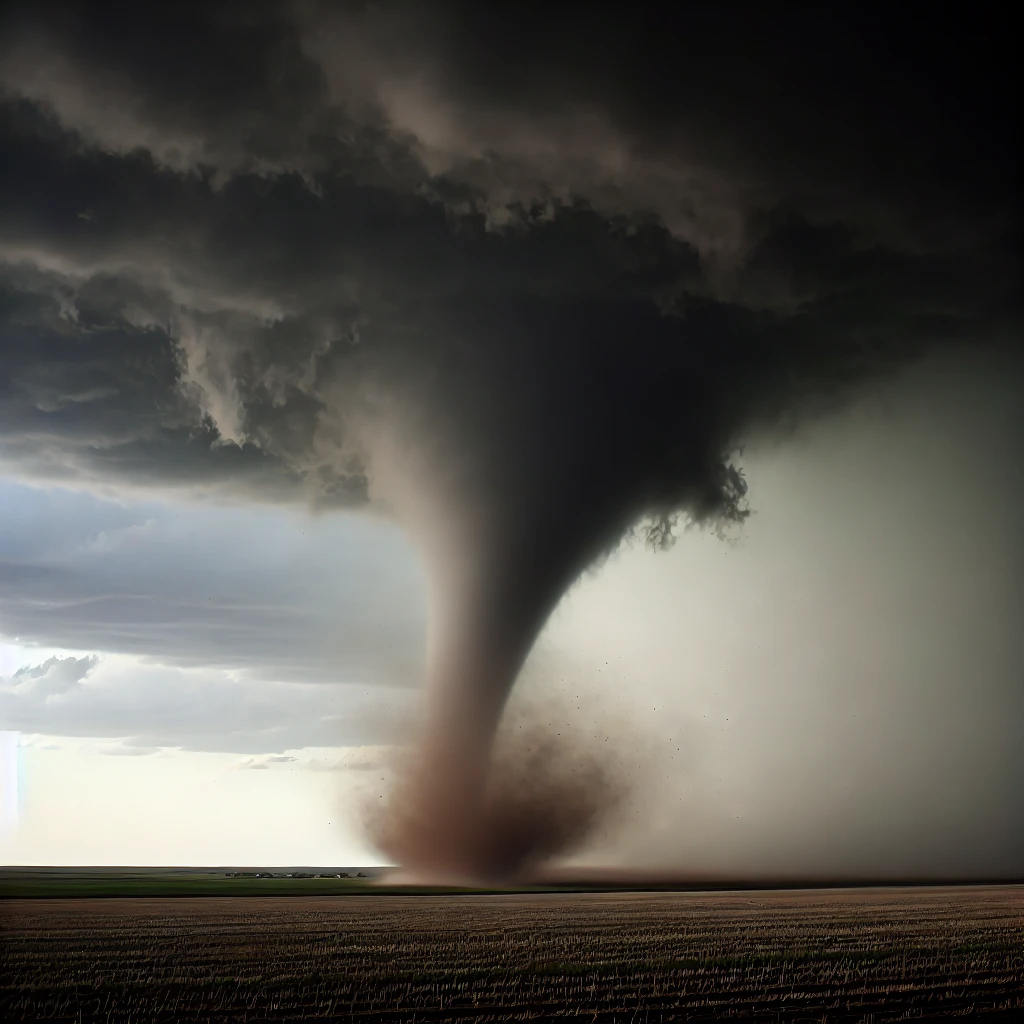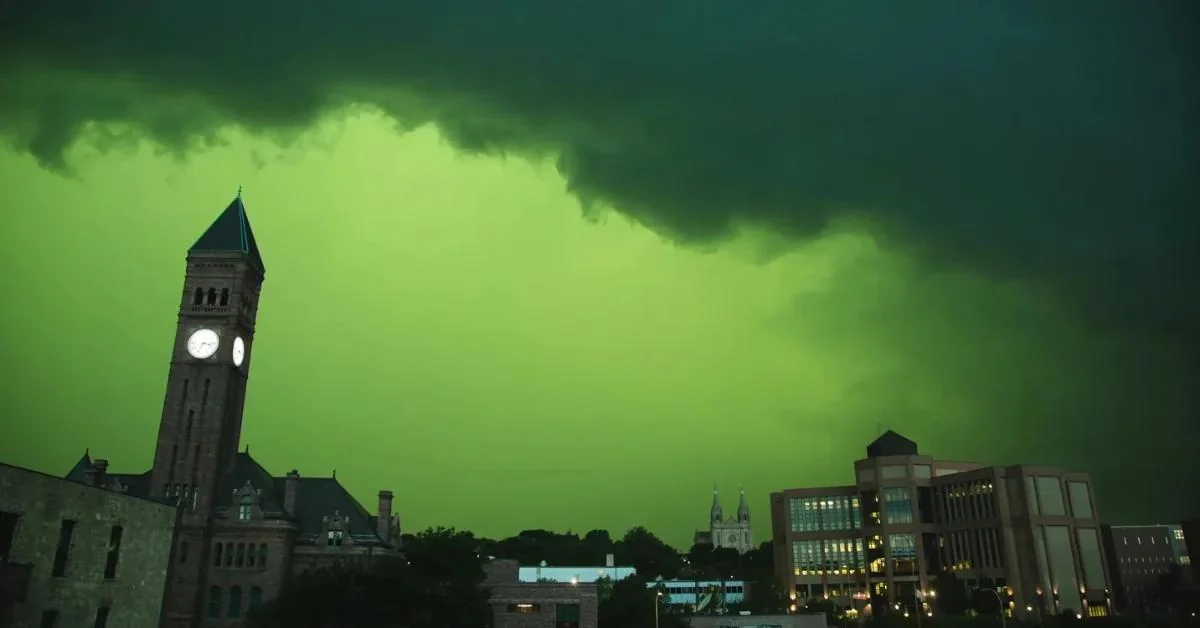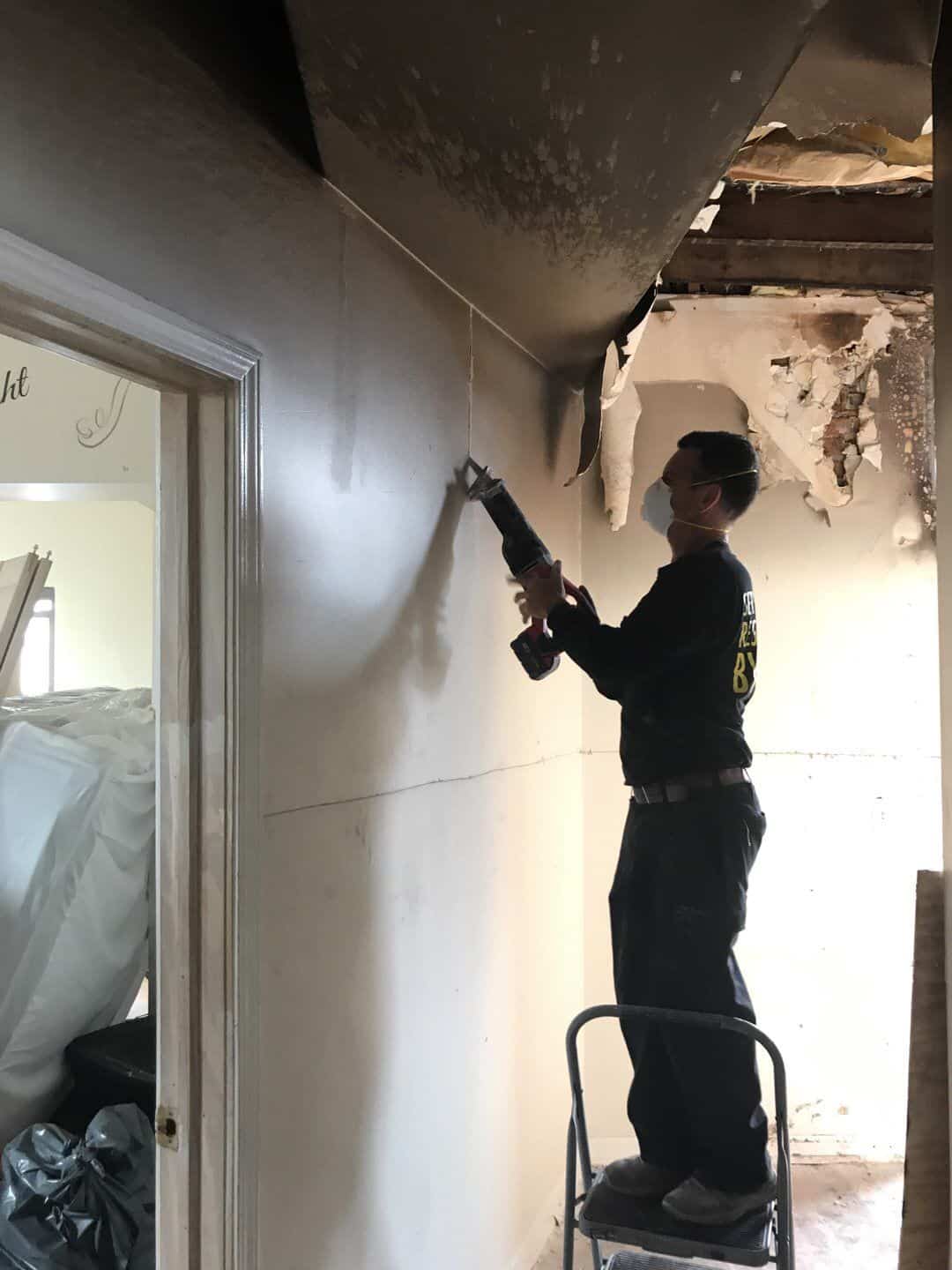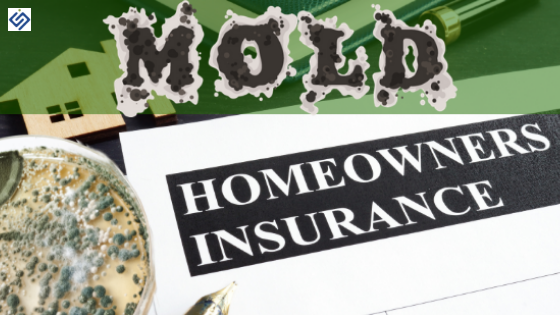Storms can wreak havoc on homes and businesses, leaving behind a trail of destruction. From shattered windows to waterlogged floors, the aftermath of a storm can feel overwhelming. That’s where storm damage restoration comes in. This process is designed to return your property to its pre-storm condition, addressing everything from structural repairs to mold prevention. In this guide, we’ll walk you through every step of storm damage restoration, helping you understand what to expect and how to get the best results.

Understanding Storm Damage: The Initial Assessment
The first step in storm damage restoration is a thorough assessment of the affected property. This step is crucial for identifying all areas of damage and creating a comprehensive restoration plan. Here’s what the process involves:
1. Property Inspection
- Exterior Damage: Inspect the roof, siding, windows, and doors for signs of damage such as cracks, missing shingles, or dents.
- Interior Damage: Check ceilings, walls, and floors for water stains, leaks, or structural issues.
- Electrical Systems: Examine wiring and outlets for exposure to water or damage from fallen debris.
2. Documentation for Insurance
Professional restoration companies document the damage with photos, videos, and detailed reports to assist with insurance claims. This step ensures that you have evidence to present to your insurer.
Common Types of Storm Damage

| Type of Damage | Description | Immediate Actions |
|---|---|---|
| Roof Damage | Missing shingles, holes, or leaks caused by high winds or debris. | Cover with tarps to prevent further water intrusion. |
| Water Damage | Flooding, leaks, or standing water leading to mold and structural issues. | Remove standing water and begin drying immediately. |
| Broken Windows | Shattered glass or cracked panes from debris impact. | Board up windows to secure the property. |
| Foundation Cracks | Structural shifts or cracks due to heavy rainfall or flooding. | Seal cracks temporarily to prevent water seepage. |
Emergency Mitigation: Securing Your Property

Once the assessment is complete, the next step is emergency mitigation. This phase focuses on minimizing further damage and securing the property. Here’s how professionals handle it:
1. Water Extraction
Standing water is removed using industrial pumps and vacuums to prevent mold growth and structural damage.
2. Temporary Repairs
- Roof Tarps: Cover damaged areas of the roof to prevent rainwater intrusion.
- Boarding Up Windows: Secure broken windows with boards to protect against further damage and unauthorized entry.
3. Debris Removal
Fallen branches, shattered glass, and other debris are cleared to make the property safe for restoration work.
Comprehensive Restoration: Repairing and Rebuilding
After the property is secure, the restoration phase begins. This step involves repairing, replacing, or rebuilding damaged components of the property.
1. Structural Repairs
- Roof Repairs: Replace missing shingles, patch holes, or install a new roof if necessary.
- Foundation Work: Seal cracks and reinforce weakened structures to ensure stability.
- Framing and Drywall: Replace damaged walls, ceilings, or floors.
2. Mold Remediation
Mold growth is a common consequence of storm damage, particularly in waterlogged areas. Professional mold remediation includes:
- Identifying mold-affected areas using moisture meters and visual inspection.
- Applying antimicrobial treatments to kill mold spores.
- Replacing materials like drywall and insulation that are beyond repair.
3. Electrical and HVAC Repairs
Repairing or replacing damaged electrical wiring, outlets, and HVAC systems is essential for restoring functionality and safety.
Table: Average Costs of Storm Damage Repairs (2025)
| Type of Repair | Estimated Cost | Time Required |
|---|---|---|
| Roof Repairs | $5,000 – $15,000 | 1-3 weeks |
| Water Damage Restoration | $2,000 – $10,000 | 3-7 days |
| Mold Remediation | $500 – $6,000 | 2-5 days |
| Foundation Repairs | $10,000 – $30,000 | 2-4 weeks |
Insurance Claims: Maximizing Your Coverage

Filing an insurance claim for storm damage can be complex. Restoration companies often assist with this process to ensure you receive maximum coverage. Here’s how:
- Documenting damage with photos, videos, and written reports.
- Working directly with insurance adjusters to provide accurate repair estimates.
- Ensuring all repairs meet the insurer’s requirements.
For expert help with storm damage insurance claims, visit Citywide Mold Mitigation.
Preventing Future Storm Damage
Once your property is restored, take steps to protect it from future storms:
- Install Impact-Resistant Windows: Reduce the risk of shattered glass during storms.
- Upgrade Roofing Materials: Use durable, wind-resistant shingles or metal roofing.
- Improve Drainage: Ensure gutters and downspouts are clear to prevent water pooling.
- Seal Vulnerable Areas: Apply waterproof sealants to foundations and exterior walls.
FAQs About Storm Damage Restoration
| Question | Answer |
|---|---|
| How long does storm damage restoration take? | The timeline varies depending on the severity of the damage but typically ranges from a few days to several weeks. |
| Does insurance cover storm damage restoration? | Most homeowners’ insurance policies cover storm damage, but coverage depends on your policy and the cause of the damage. |
| Can I do storm damage restoration myself? | Minor repairs are possible, but professional restoration is recommended for structural or extensive damage. |
| What is included in storm damage restoration? | The process includes assessment, mitigation, repairs, mold remediation, and prevention measures. |
| How do I choose a storm damage restoration company? | Look for licensed, insured professionals with positive reviews and experience handling insurance claims. |
Conclusion: Restoring Your Home After a Storm
Storm damage restoration is a comprehensive process that requires expertise, precision, and prompt action. By understanding each step and working with experienced professionals, you can ensure your home is fully restored and protected against future storms. For reliable storm damage restoration services, contact Citywide Mold Mitigation today.

